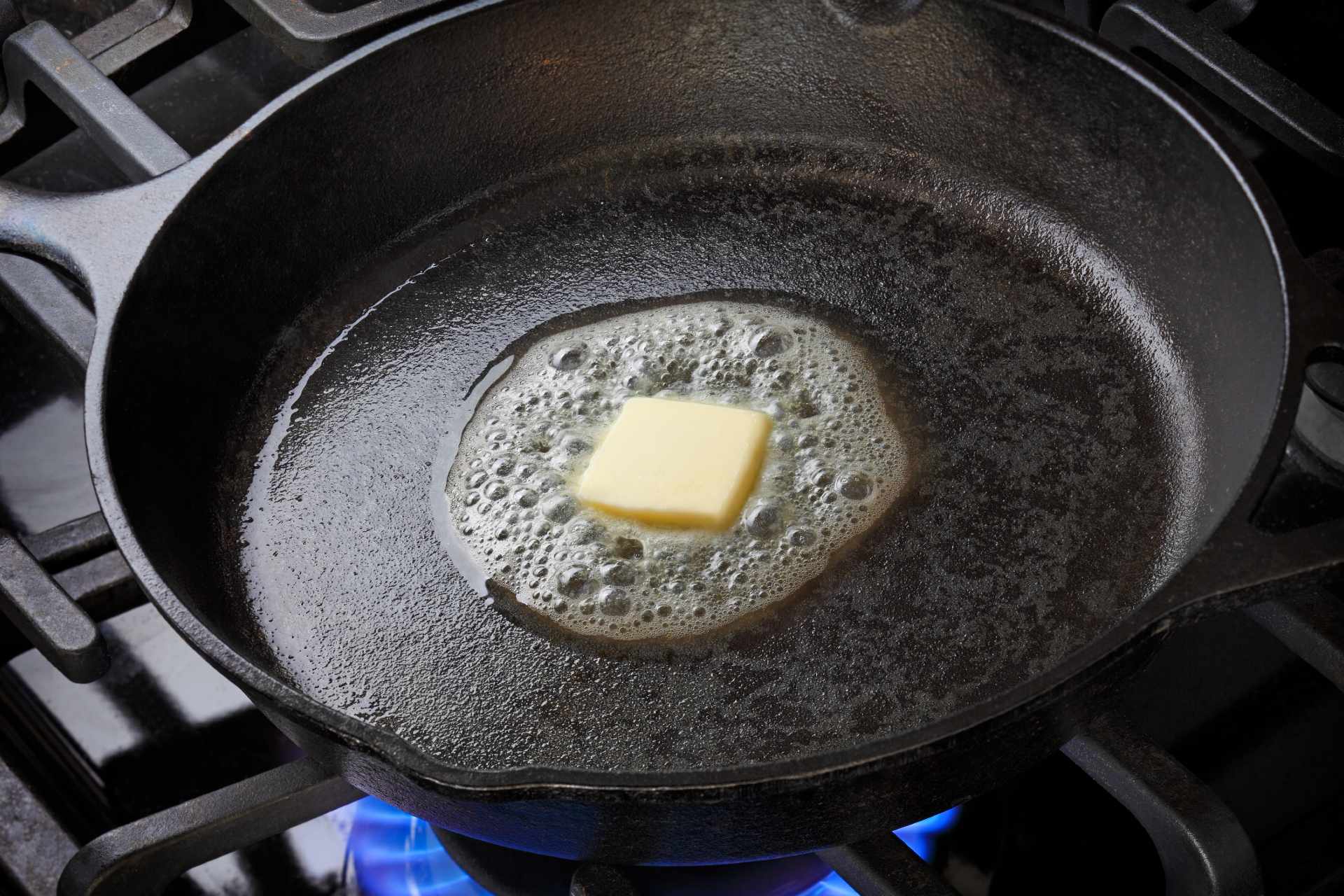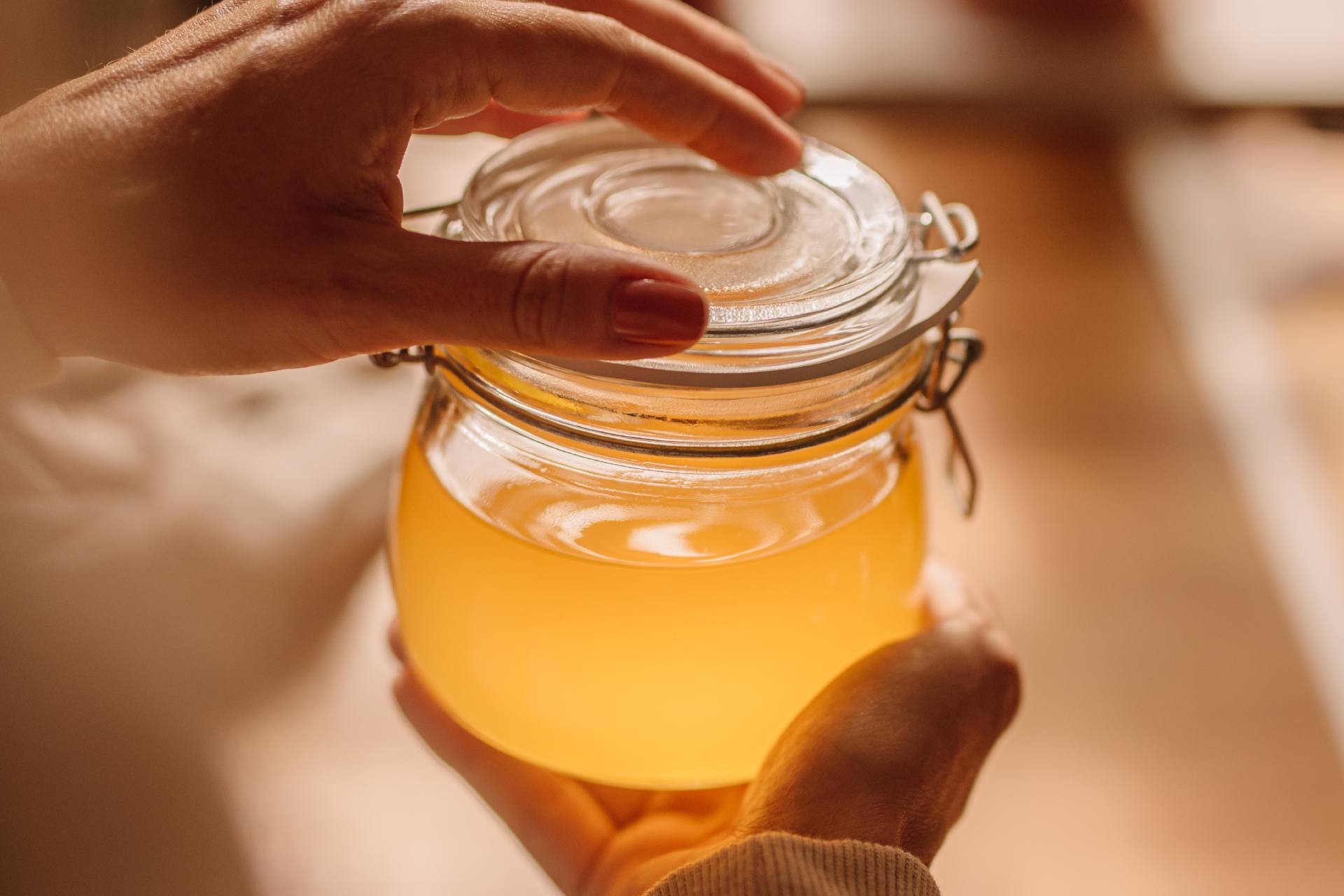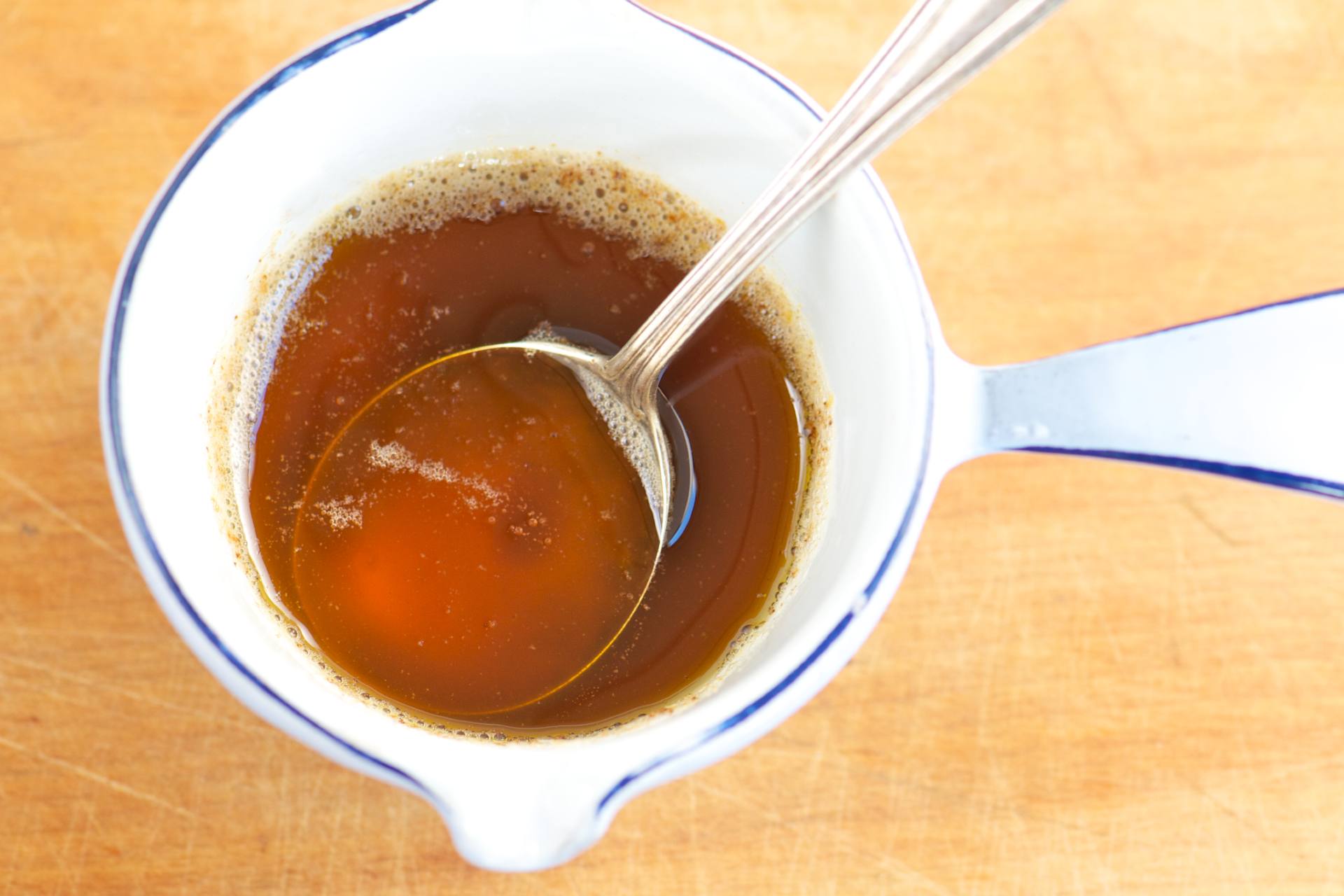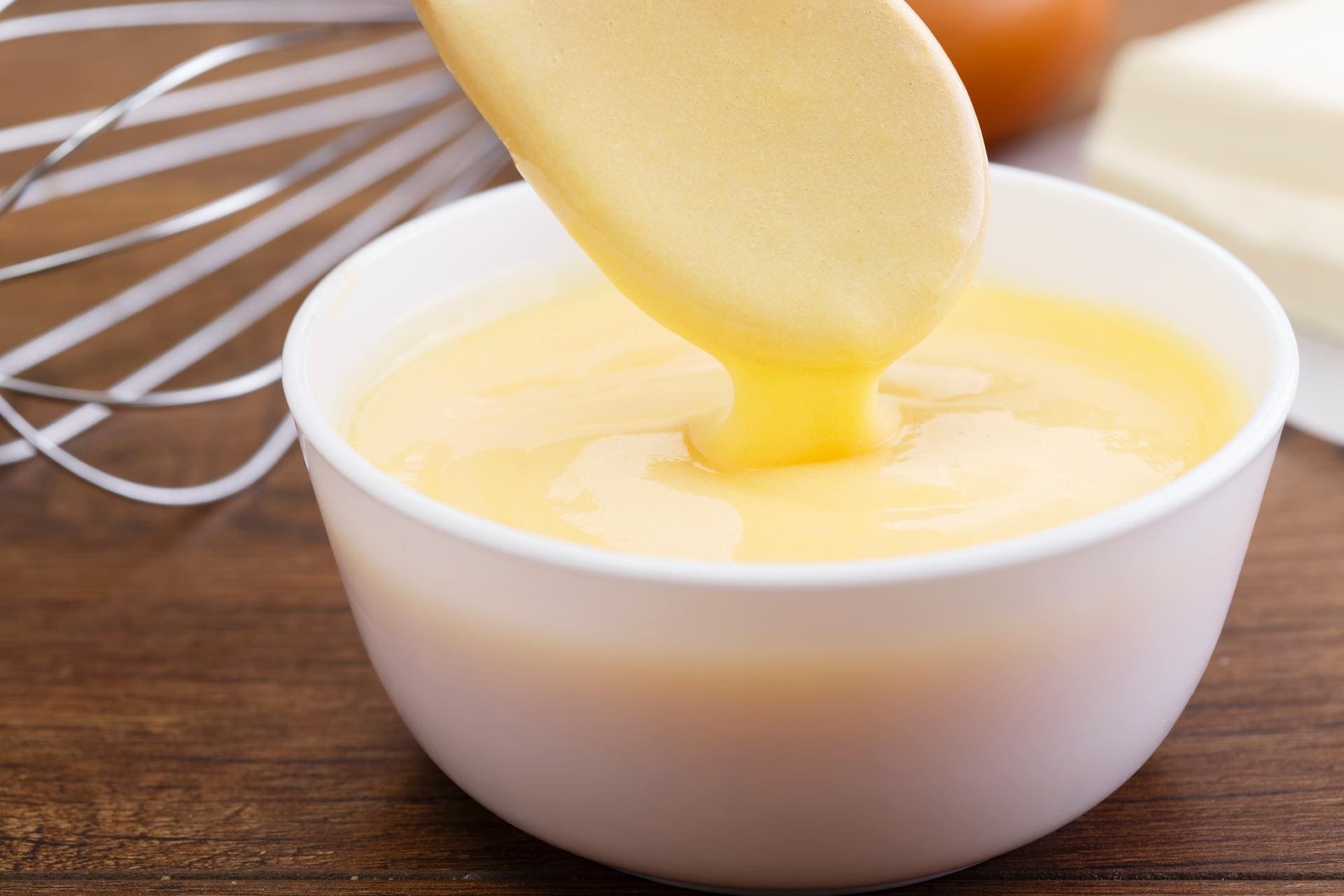Clarified butter isn’t just melted butter. Normally, butter is composed of butterfat, milk solids, and water. Clarified butter is essentially just the butterfat. It has had the milk solids and water removed. This gives it a more robust, earthy taste, but also makes it more suitable for cooking at high temperatures. It will also prolong the butter’s shelf life.
Many recipes call for clarified butter. It also works well as a condiment for certain dishes. Unfortunately, it isn’t always that easy to find in supermarkets. So how do you clarify butter yourself? It’s not that difficult. Just follow these easy steps.
Or if you’re looking to make regular butter at home, click here to make homemade butter in your blender.











